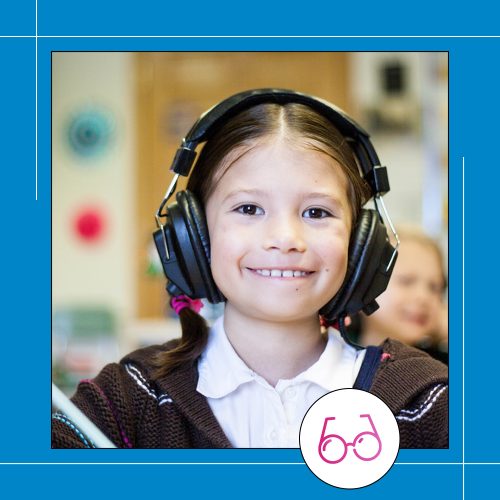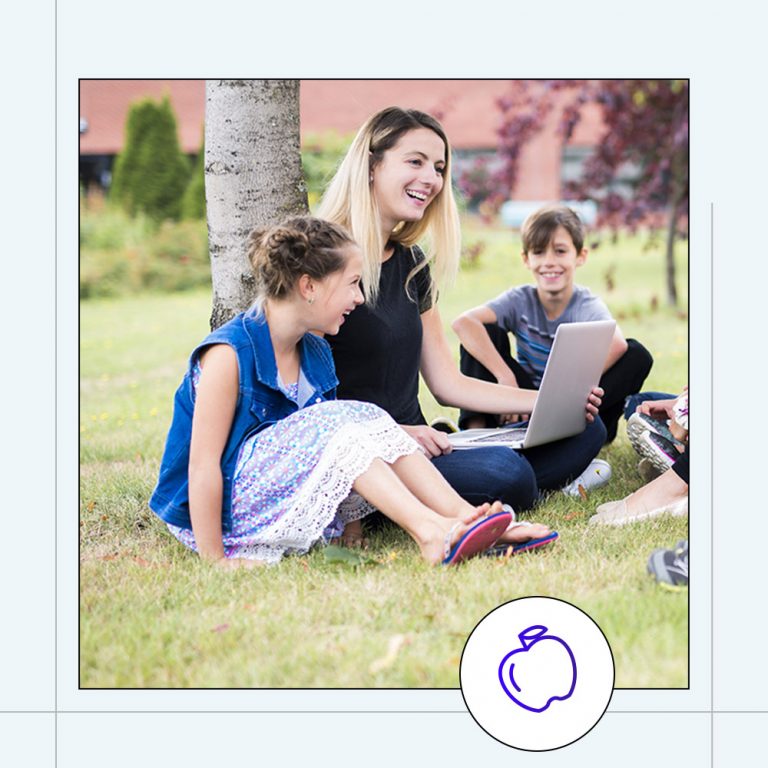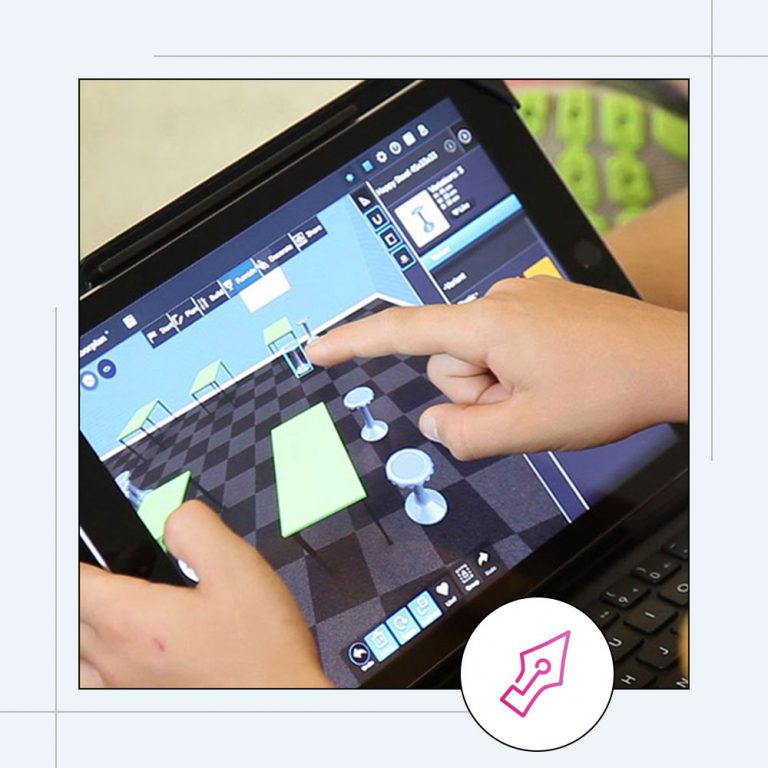You’ve likely heard about how, thanks to technology and on-demand media, our attention spans are getting shorter. Humans feel much more pressured around the clock today, and, in turn, are less able to focus on one task at hand and feel that devoting their attention is a challenge.
As people struggle to pay attention throughout their lives, changes have been made to help people more effectively consume information and digest knowledge. This is particularly true in education, where there has been a shift towards teaching methods that specifically attempt to decrease barriers to focusing, like movement-based lessons and nanolearning. The latter is a method that caters toward a short attention span and the actual learning of concepts and processes instead of the rote memorization of facts.
Read on to learn more about what nanolearning is and how it is revolutionizing the realm of education.
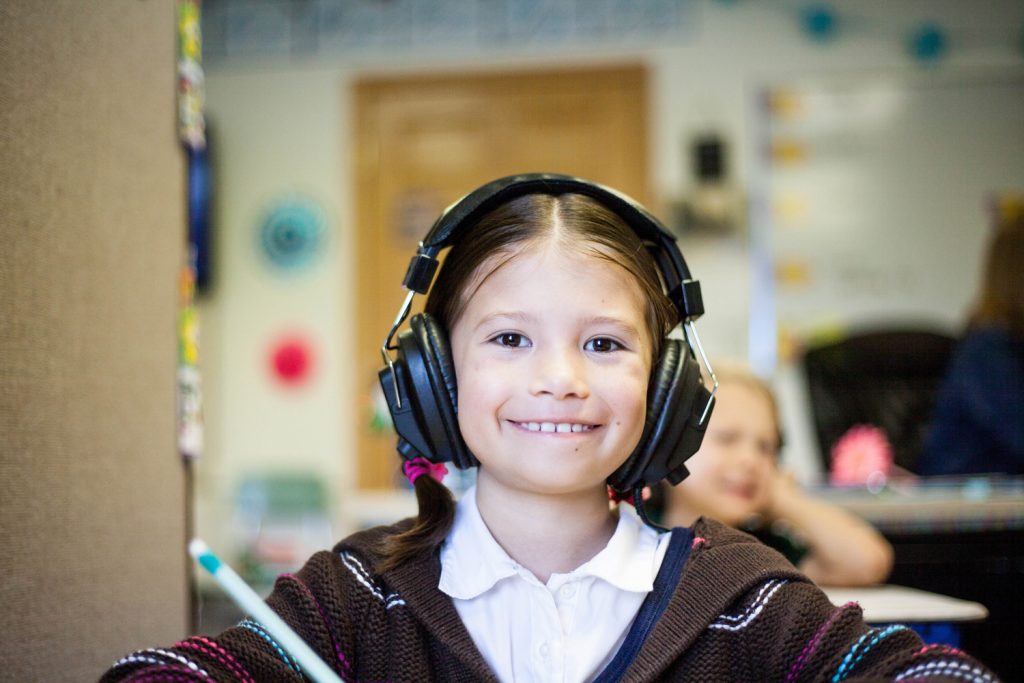
So, What Is Nanolearning?
Nanolearning is a method of learning in which students are delivered short, bite-size lessons via a media device (streaming video, app, etc.), and they learn the information in that lesson without the guidance of a live instructor. Nanolearning lessons tend to be about 2 to 10 minutes long, and they are consumed at the pace a student wants to consume them (no live class simultaneously participates).
What Are Some Examples of Nanolearning?
Nanolearning comes in the form of media-based lessons. Students participate in nanolearning by consuming
- videos,
- slideshows,
- interactive lessons on apps, and
- more.
This type of learning has been around for a long time, but in the past few years, it has gained acceptance as an effective method of teaching students in an educational classroom setting—not just being a casual way that adults or lifelong learners choose to consume new knowledge once they are no longer in a school setting. Classroom teachers themselves can create slideshows and videos about topics, and students can consume these videos in-class on devices where they can set their own pace.
Because nanolearning must be measurable in terms of outcome, both students and teachers can quickly understand who is grasping new concepts and information and who needs more guidance or support.
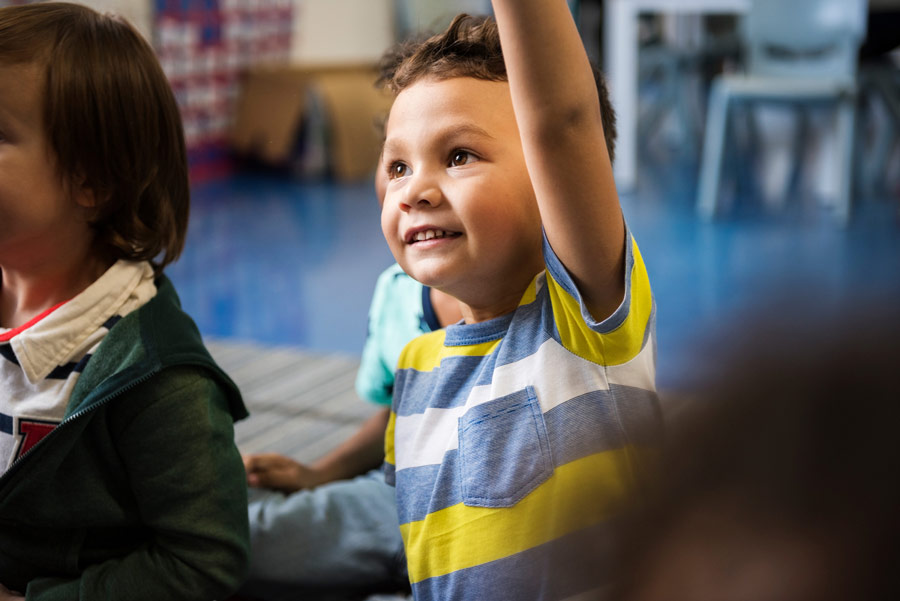
What Are the Benefits of Nanolearning Compared to Traditional Learning?
Nanolearning might seem frivolous, but it offers many benefits when compared to traditional learning. Here are a few of the most notable nanolearning benefits:
Lessons are in a familiar format: Learners today are already consuming tons of media in short formats. (Think TikTok videos, Snapchat, Instagram stories and Reels, Tweets, etc.) Nanolearning lessons come to students in a similar bite-size form, and the students are used to receiving information this way.
Teachers can decrease embarrassment, shame, and pressure in the classroom: In nanolearning, lessons get consumed individually in silence. That way, students can go at their own pace and learn in the way that they need to really understand the information. This helps eliminate any stigma or embarrassment for children who may be slower to learn concepts and feel embarrassed about that in front of their peers (making it unlikely for them to speak up about struggling or experiencing shame when they hold the group of students in class up while they struggle).
Videos are rewatchable and can be reviewed: Unlike a live lesson taught by a teacher, nanolearning takes place via pre-created media. This usually means it can be rewatched and reviewed as many times as a student needs. Rather than asking a teacher to repeat an entire live lesson again, nanolearning students can simply go to the media they first consumed and watch or listen again until they understand it.
Results are measurable to ensure no one falls behind: Nanolearning lessons almost always have measurable outcomes. Students may be tested or quizzed as part of the lesson at the end. For that reason, nanolearning reveals a student’s progress nearly immediately. So, teachers can stay on top of students’ progress and make sure they are really taking in the information.
Nanolearning: The Future of Effective Education in an On-Demand World
While attention is decreasing, teachers still focus on instilling a lifelong love of learning in their students. For that reason, they are turning to teaching methods that are more suitable and attractive to their students. One of those is nanolearning, which offers education in a format familiar and palatable for kids today. By delivering lessons and information in small chunks and making those lessons media-based and self-guided, educators up the chances that students can pay attention and participate for the duration of the lesson. By doing so, educators also improve the likelihood that important information is absorbed while students enjoy the learning process and become excited about being lifelong learners.


